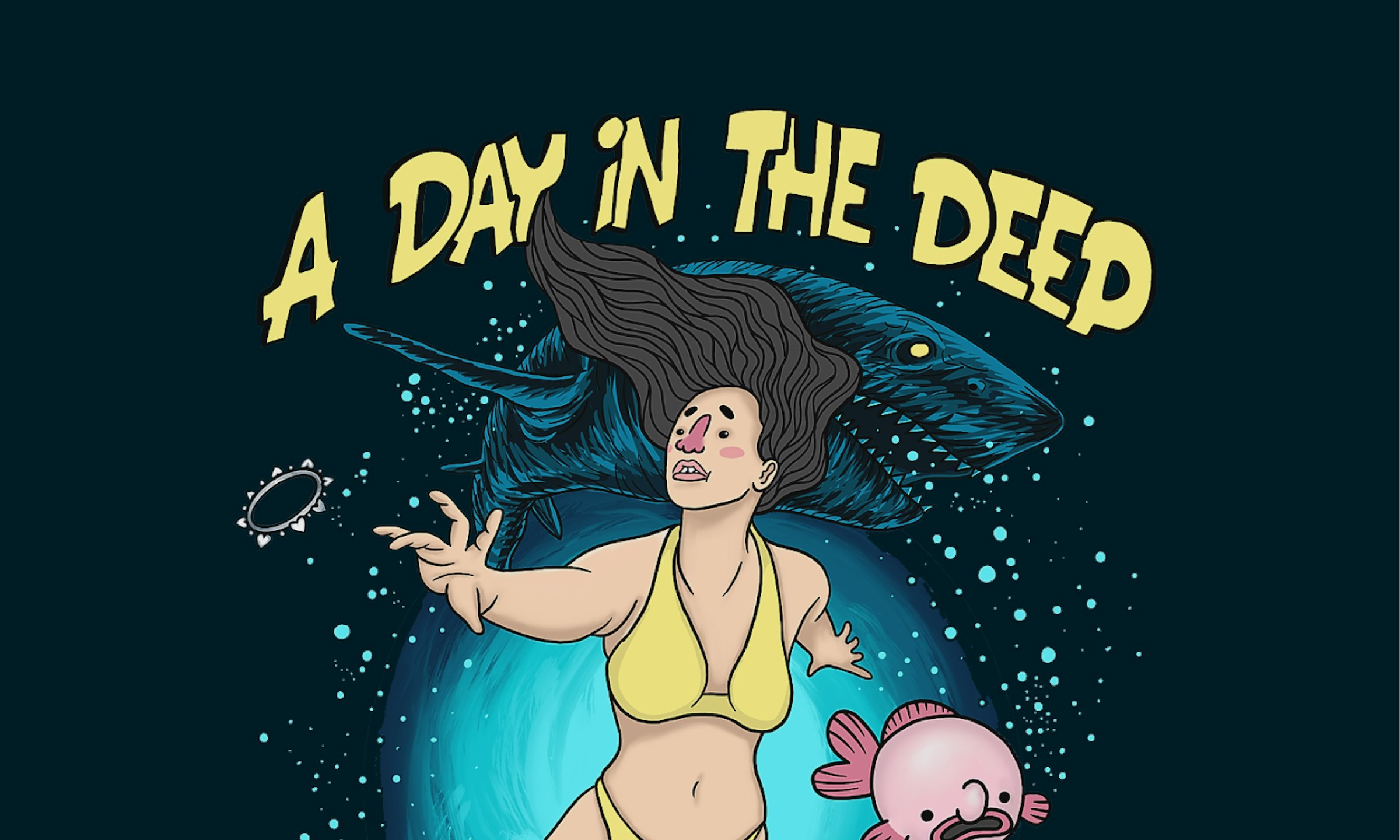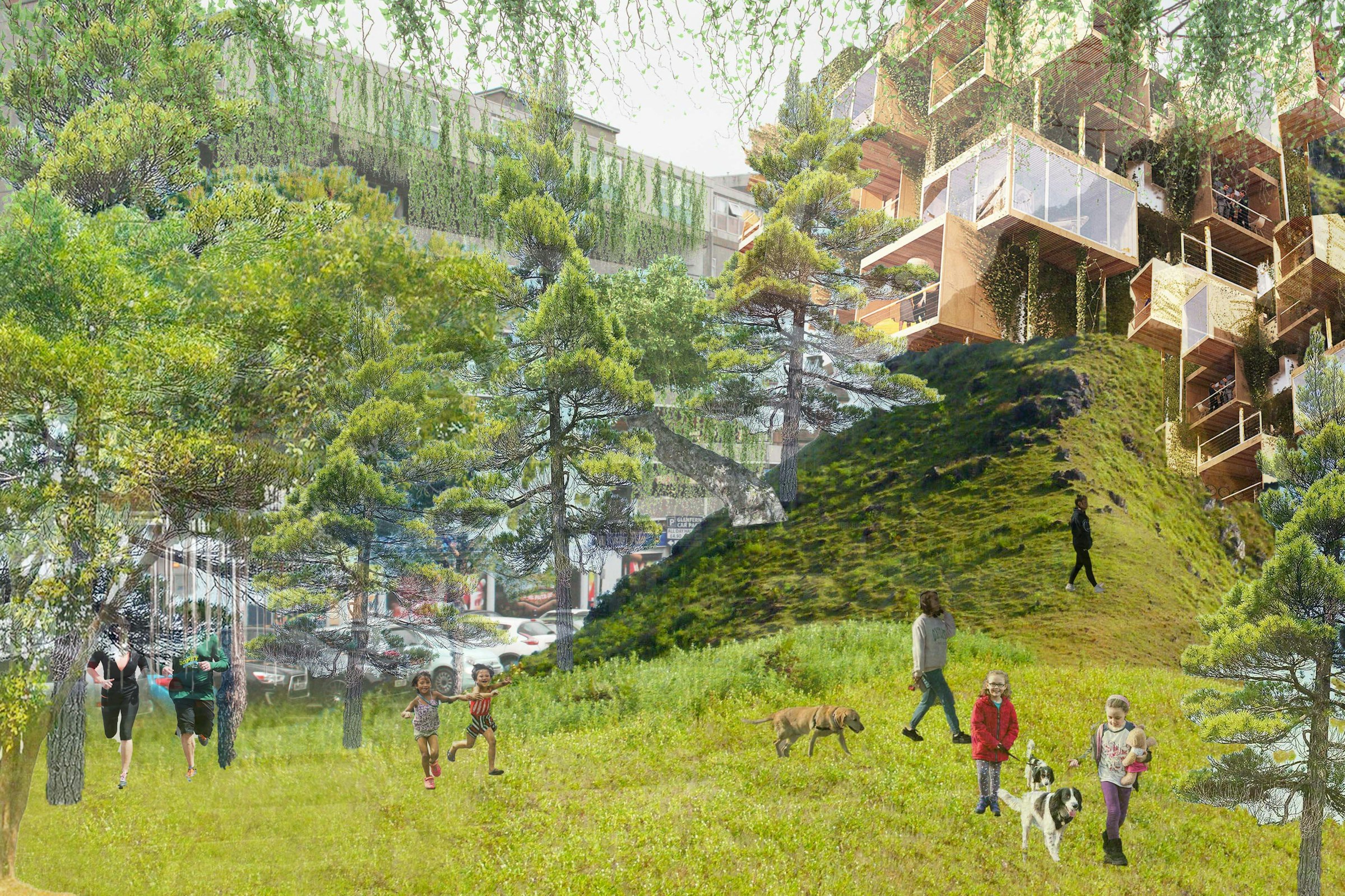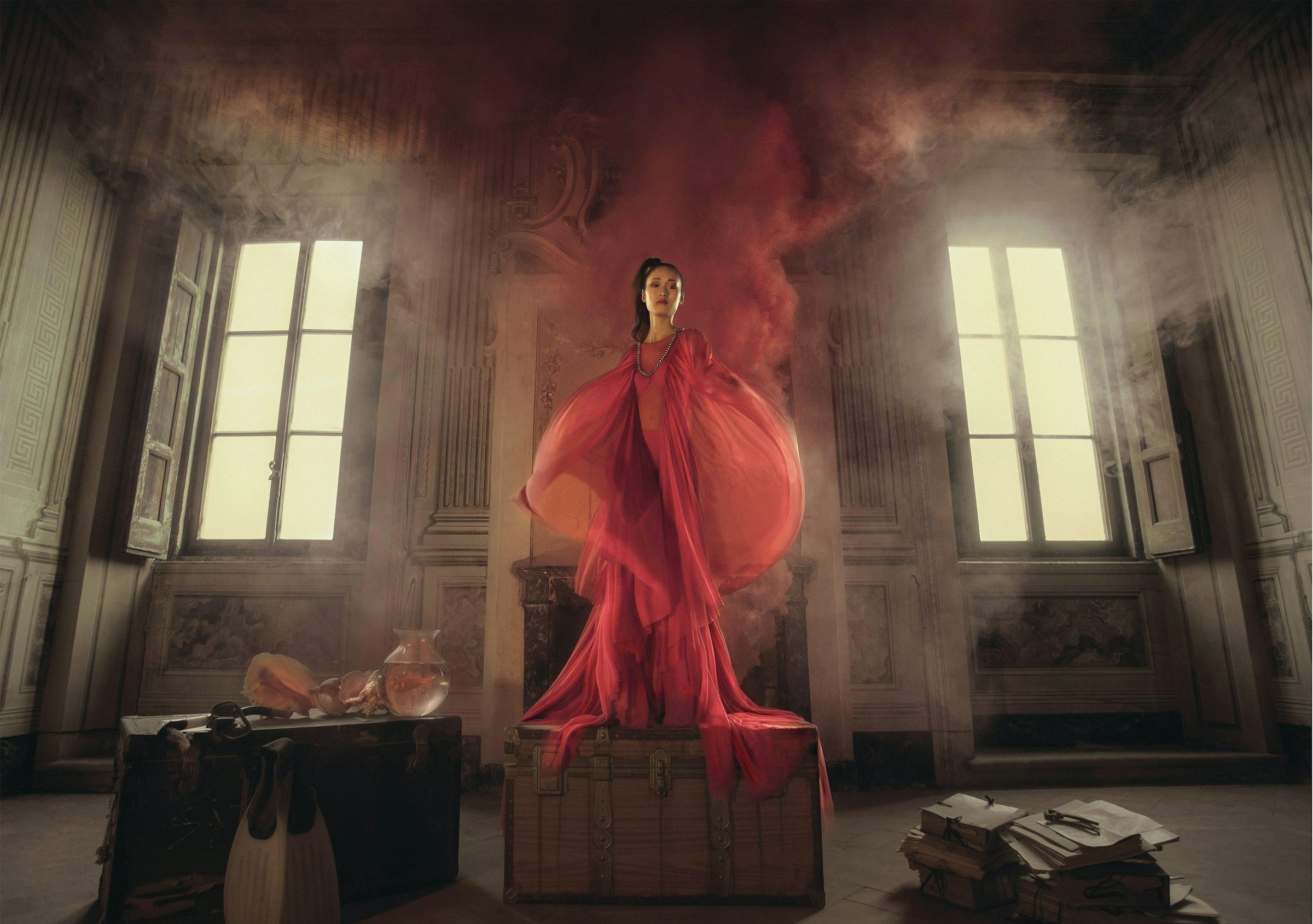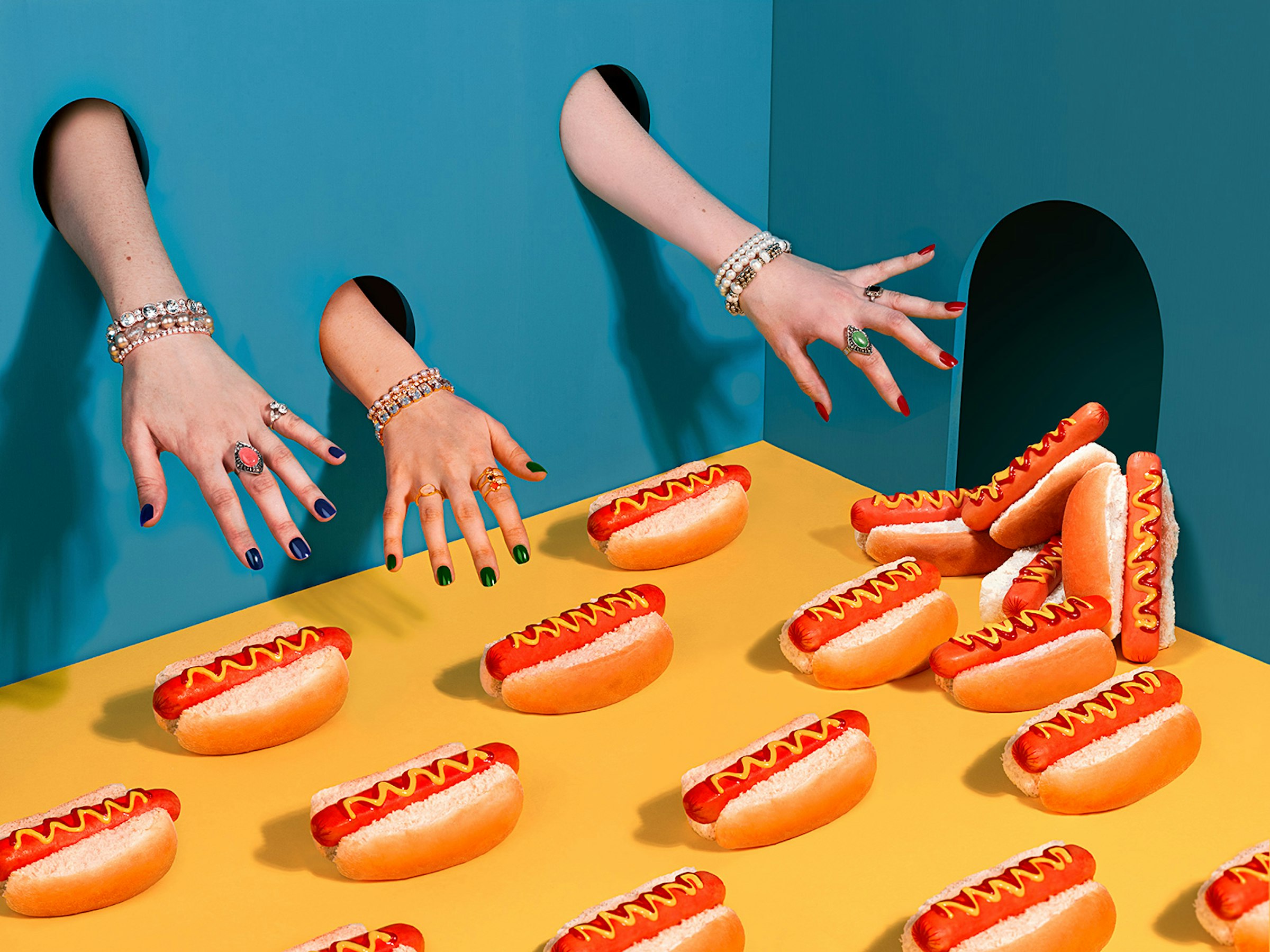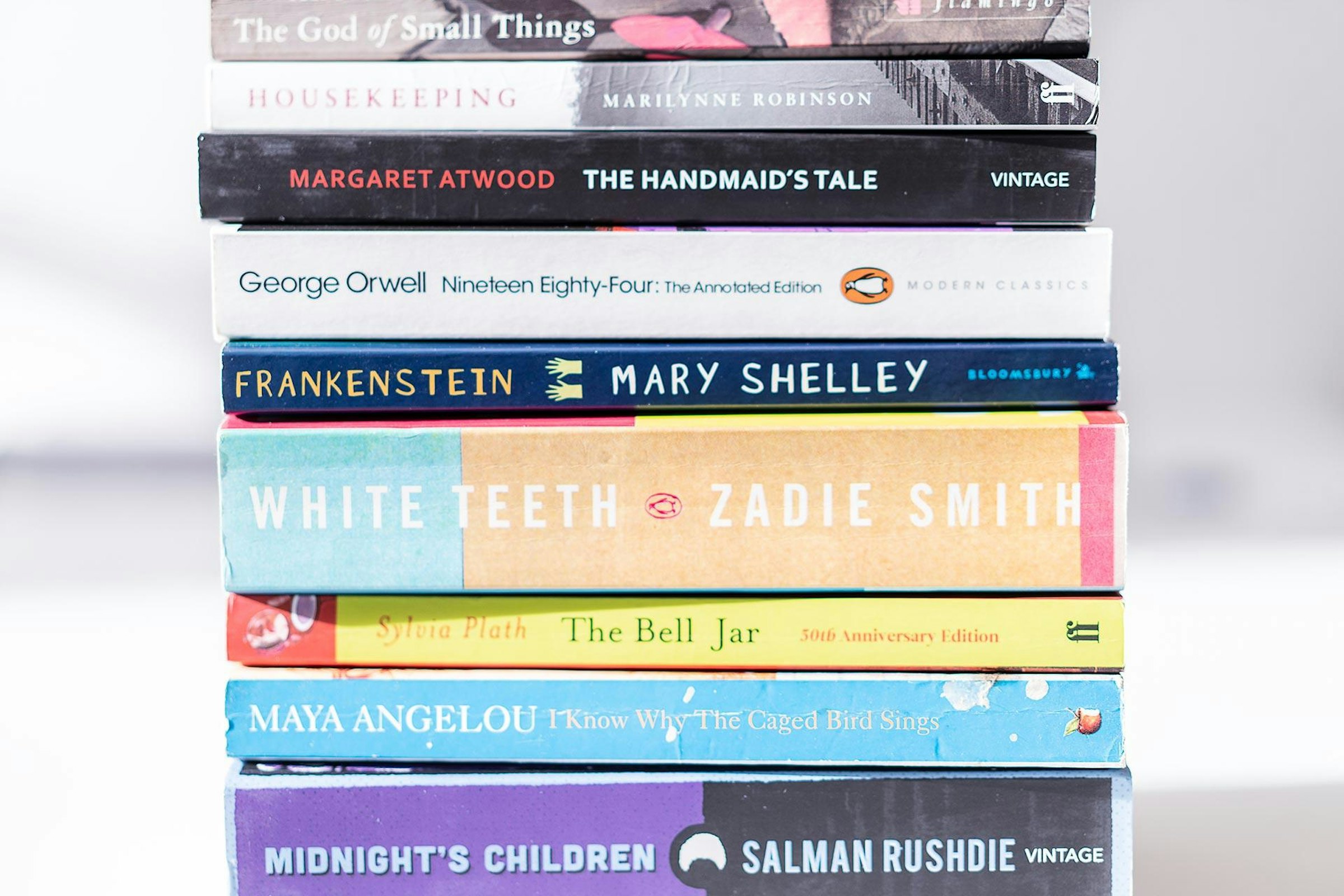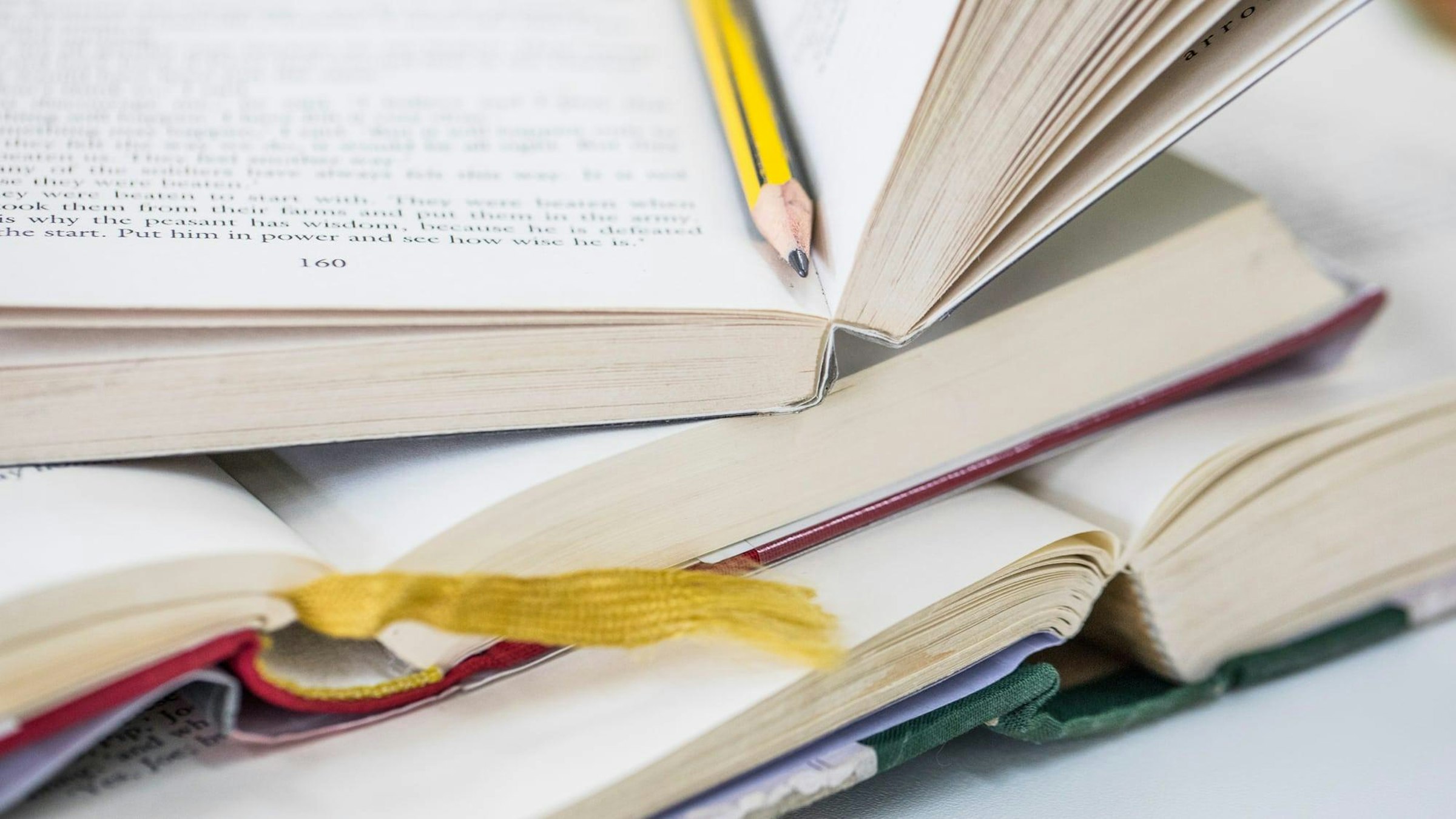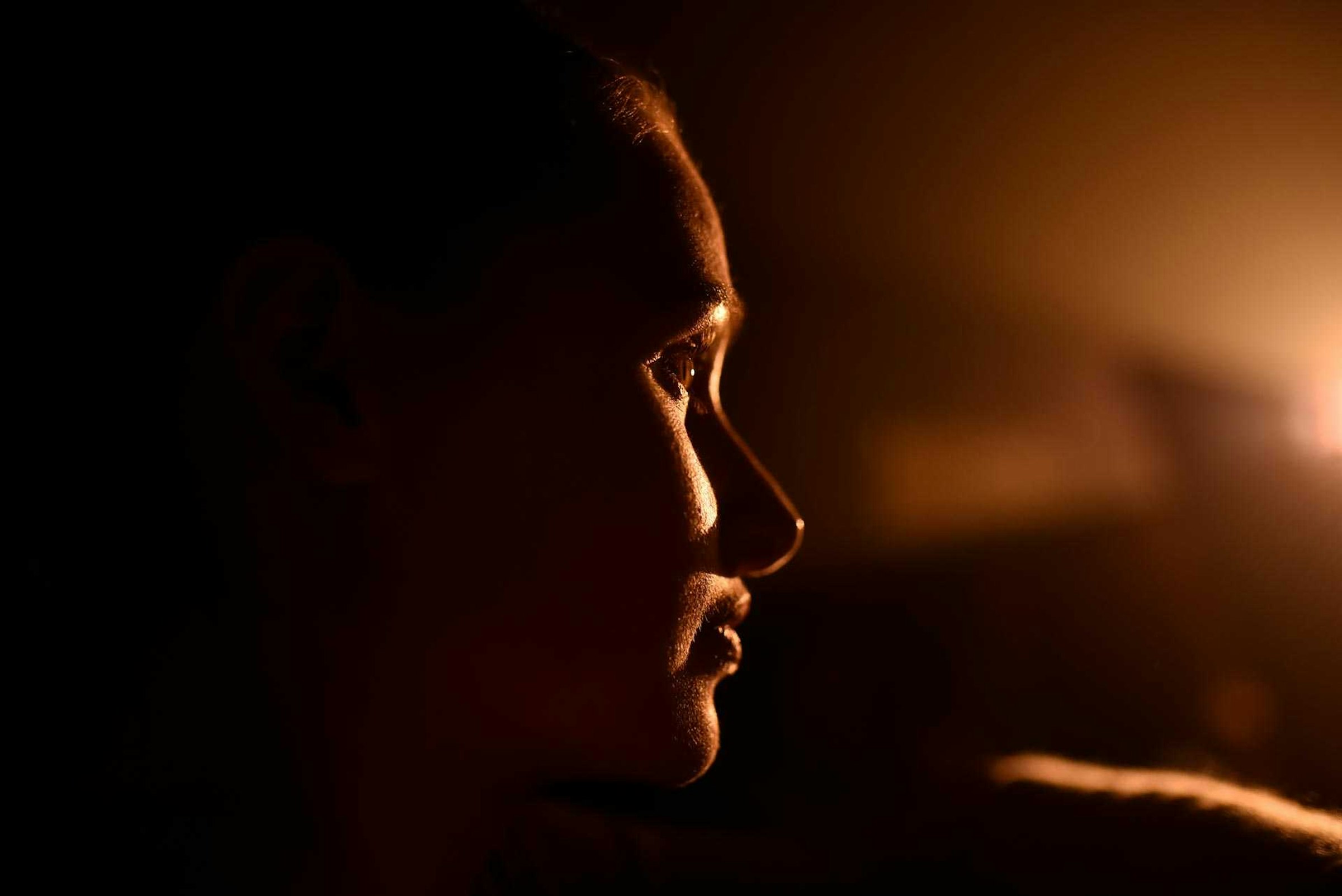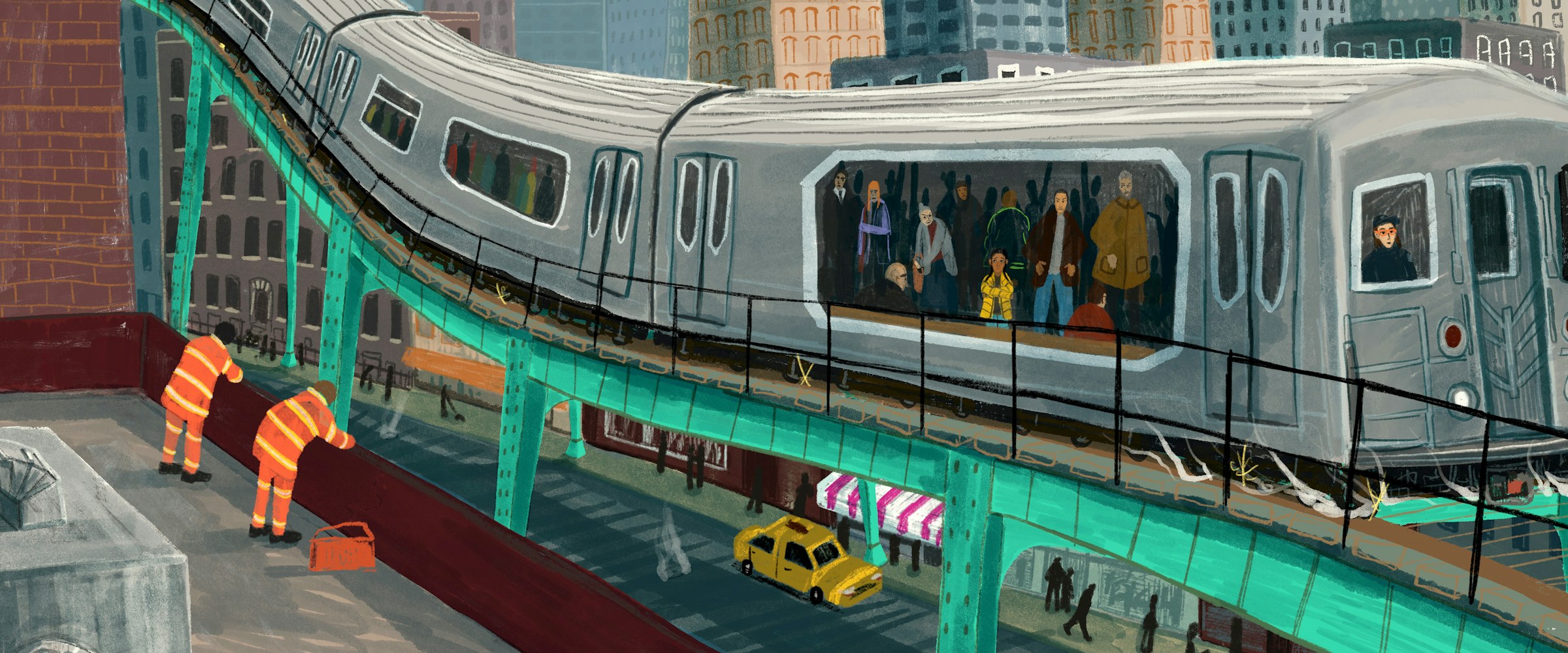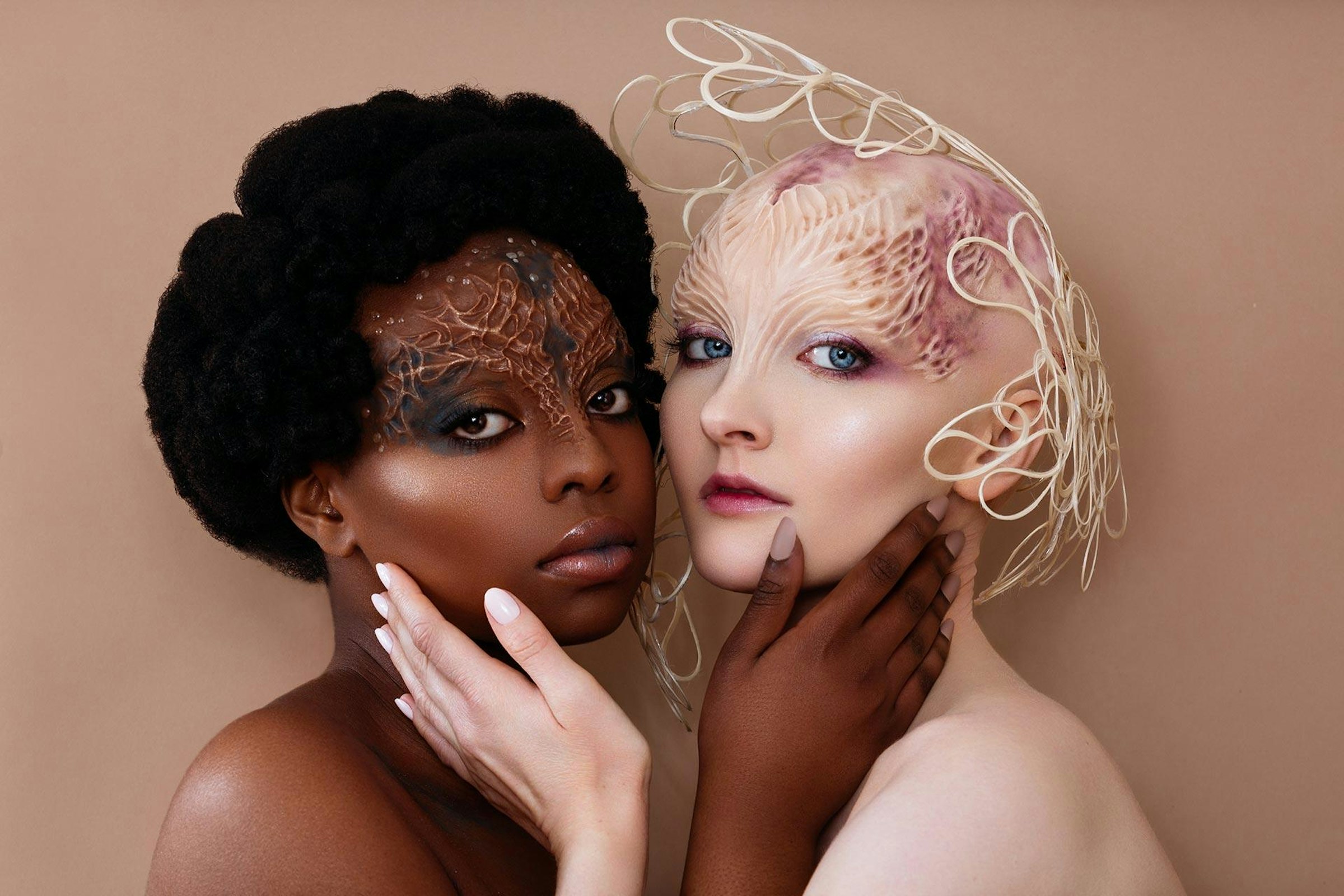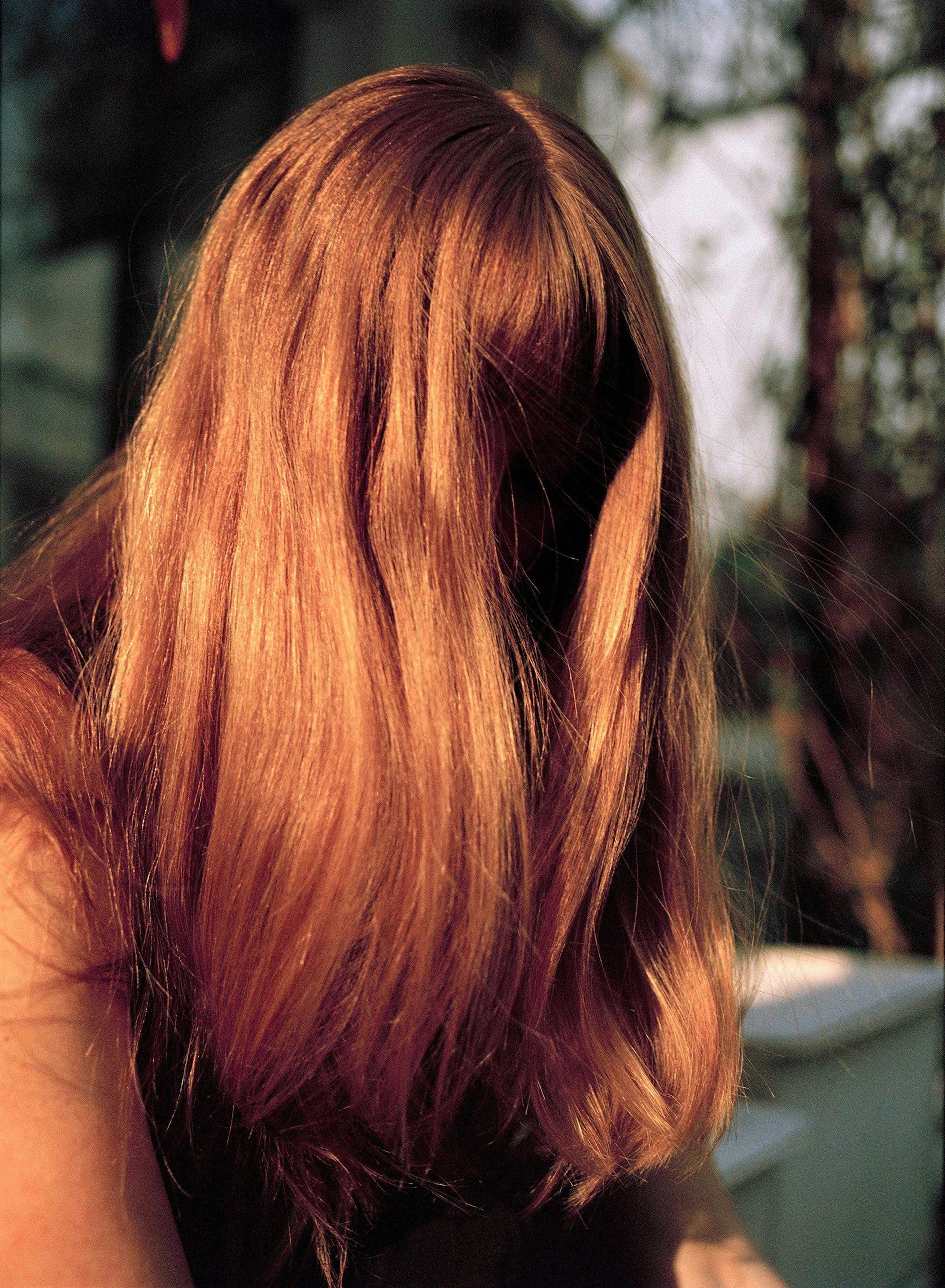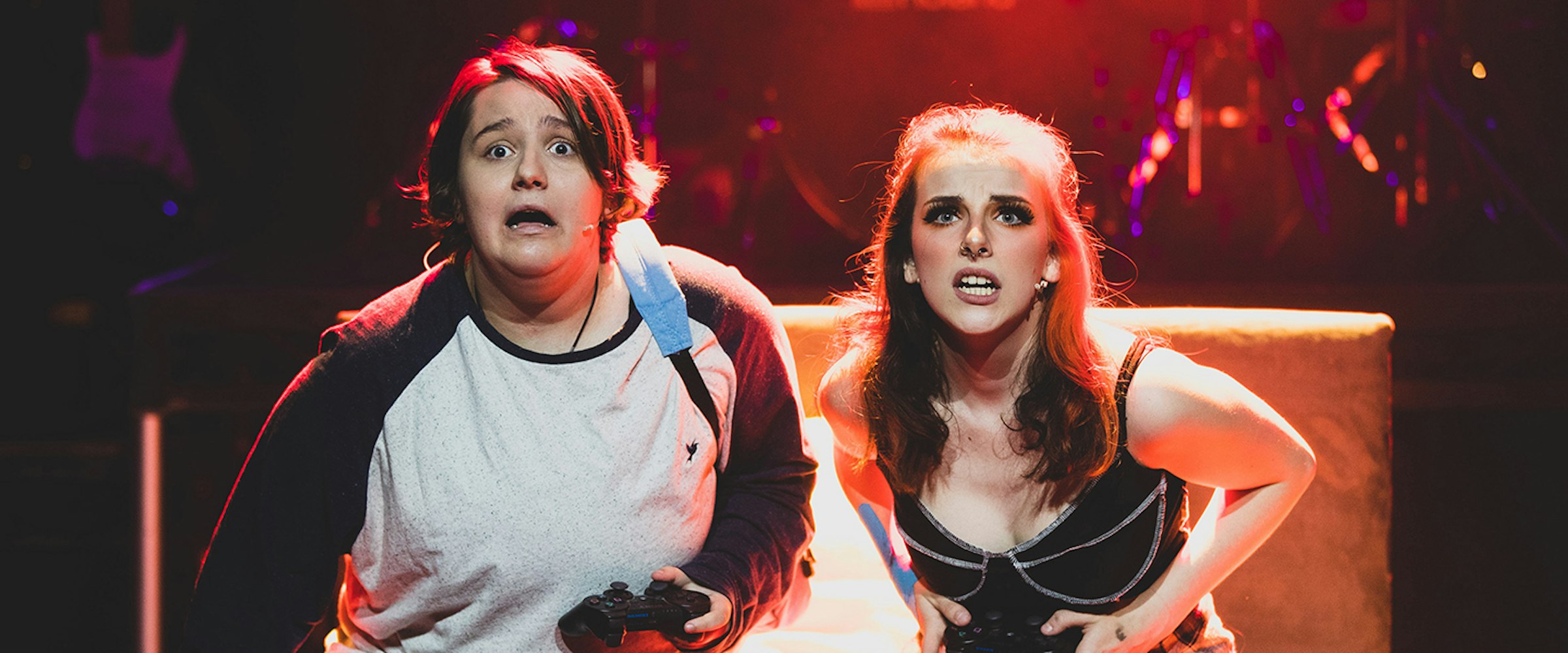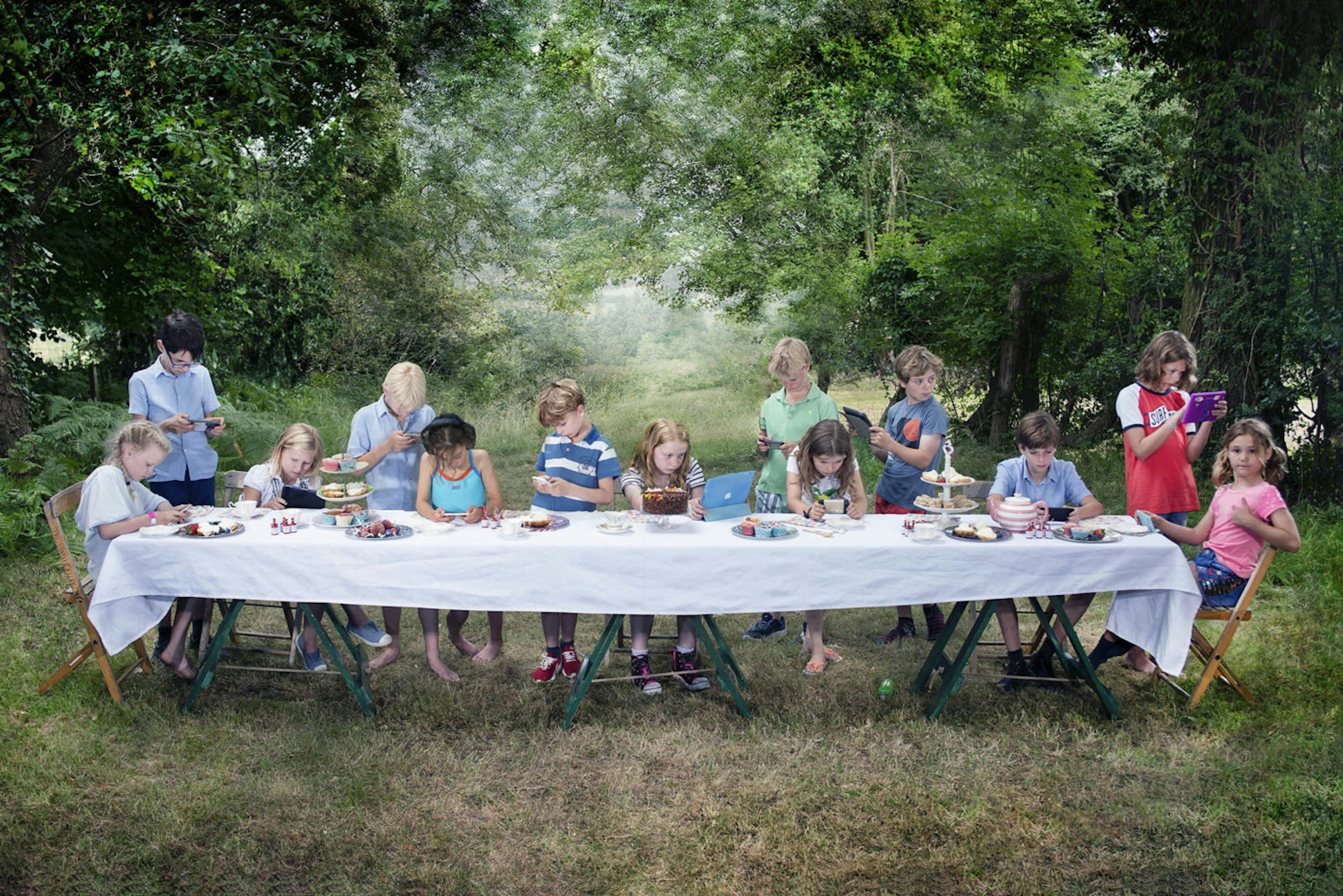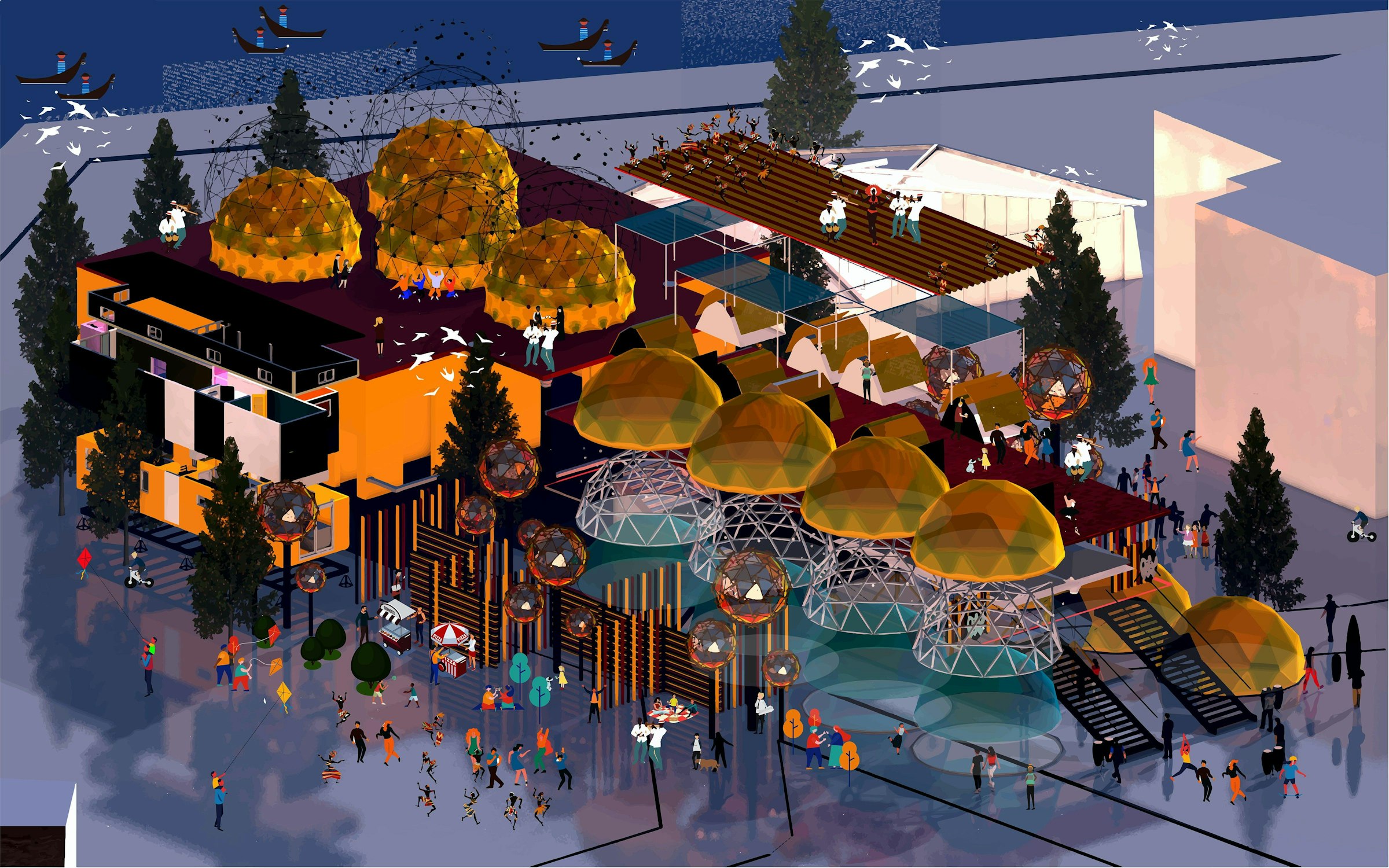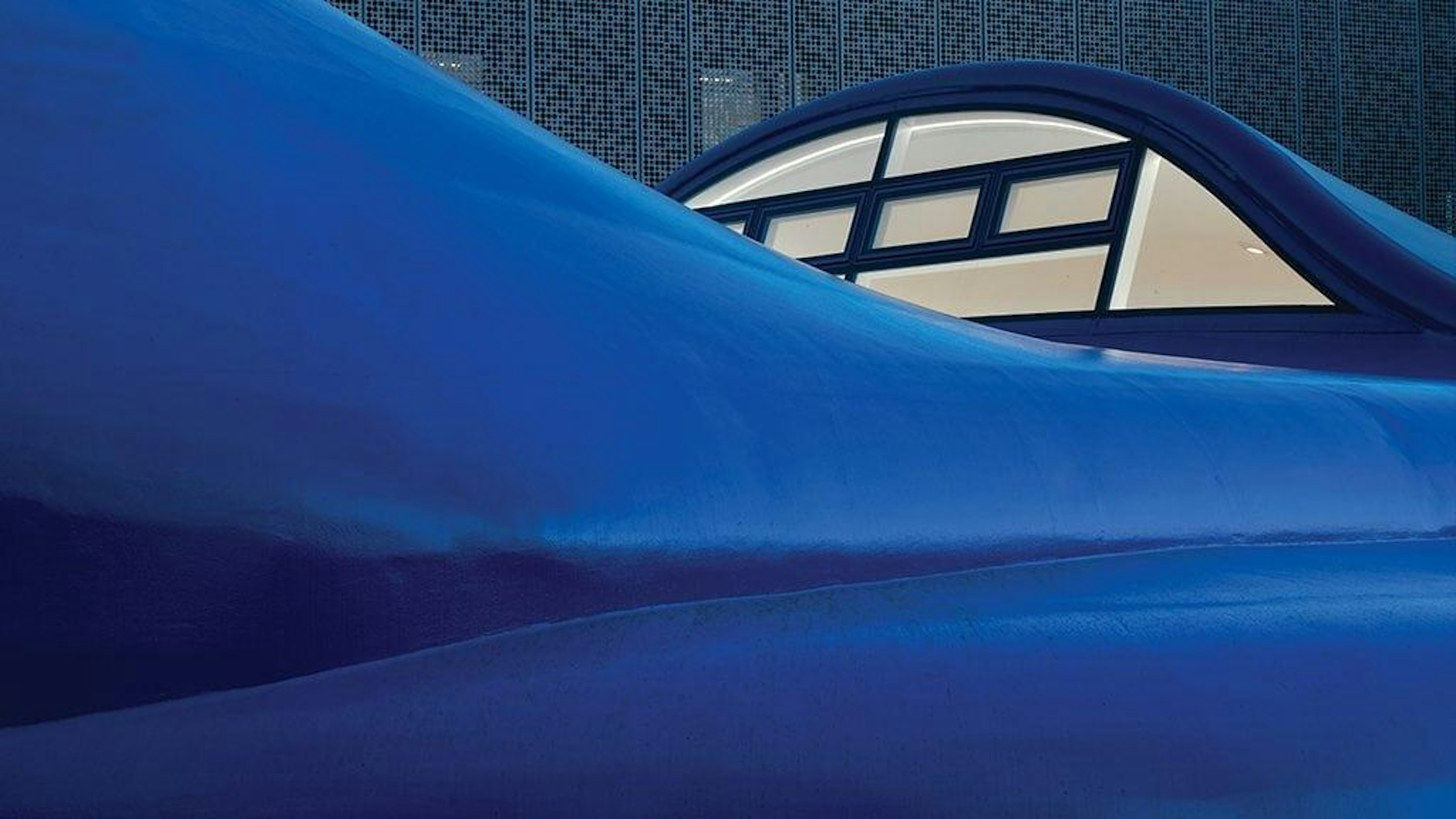
Final-year BA (Hons) Costume students Beth Lacey and Remi Gene Lever are the latest AUB students to be shortlisted for the prestigious Patterns of Fashion Awards, run by The Costume Society.
The final will take place on 15 July 2023, where costume designer Michele Clapton (of Game of Thrones fame) will judge the entries. Ahead of the ceremony, Beth and Remi revealed their respective journeys to creating their garments, and what brought them to study BA (Hons) Costume at AUB in the first place.
What made you want to study BA (Hons) Costume at AUB?
Remi: I had a look at various courses around the country, and I knew that I wanted to study costume as I’d always had an interest in fashion and, specifically, historical costume. That’s really my key interest. While doing a tour of AUB, I got to speak to a previous Costume student about the course and the experiences she had here. The way she spoke about the industry contacts that they have and the number of archived garments they hold… there were so many different aspects of this course that spoke to an all-round education in Costume, and then providing us with those industry details for after university. It made it easy to choose coming here.
Beth: I looked at Fashion as well – I was torn between the two. I really love history and historical garments, so I knew that that was something I wanted to look at, and I knew that Costume was a lot more historically based in the way that they teach the techniques, the sewing and what you create at the end. So I looked at a few different universities, but AUB just had the best course. It was really history-based, really technical in that way, whereas others are a lot more theatrical.
You both mention a fondness for historical garments. What inspired the costumes that you’ve entered into the Patterns of Fashion Awards?
Remi: For the competition itself, you have to choose a pre-existing pattern from a series of books called Patterns of Fashion, by Janet Arnold, an esteemed costume patternist. There’s a wide range of eras, but I chose this 1660s bodice. I’ve always loved that era. Charles II is one of my favourite kings. The shape of the garments themselves, the intricacy of the sleeves and the overall silhouette, it’s always fascinated me.
Choosing this bodice itself, I wanted something that I could be very meticulous about and just engross myself in. Both of our garments are entirely hand-sewn, so no machines touched them. In choosing a hand-sewn garment for the competition, I wanted one that I could complete in the time, but also something that would push me massively out of my comfort zone, and it did. There’s four layers in the garment itself. It’s lined but it’s also fully boned – there are 148 bones hidden beneath that layer of silk that you can’t see. Most of the construction is invisible and will never be seen again as it’s all covered.
Beth: Mine is a 1610s jacket. The original is currently in the V&A. It was owned by a woman called Margaret Layton – there’s a portrait of her wearing the garment, which is really rare. You don’t usually have the surviving garment and a portrait of that exact garment. I found research like that really helped me to understand the process.
The garment is very embroidery-heavy, and embroidery is something I’ve always loved. I really wanted to challenge myself with what I made next. This is my biggest embroidery project to date, and probably will be for a while. It’s incredible, the amount of time that that took. Every floral motif, every leaf each took an hour to complete. So, there’s around 500-600 hours of work in that garment, including the final construction. But I’d never attempted any of those embroidery techniques before. I had to learn all those stitches. I’d experimented in a few different styles before, but the gold scrolling stem motifs, they are gold work. I’d never used that before, that took a lot of practising and a lot of samples to be able to nail it before I started on the real thing. I didn’t want to start and just get better as I went along. I wanted to make sure they were going to be perfect from the beginning. And I still find it interesting to look at the very first flower I completed on that, thinking ‘I’ve done quite a good job this time’, and now I look at the last one and I think, ‘I’ve got better.’
What led you to enter the costumes into the Patterns of Fashion competition? Was it always the plan?
Remi: We both chose at the beginning of third year to do Patterns of Fashion. At the start, you have to choose to do something from those books, and I knew that I wanted to enter into this competition because it was something that intrigued me so much. The opportunity to do something so grand as entirely hand-sewing a garment that’s nearly 400 years-old using all the historically accurate techniques… it was just something that was so far out of anything I’d ever done before, and I really wanted to take on a big project like that. And I’m so glad that I did.
Beth: I remember when I was looking at AUB on Open Day, I was talking to one of the tutors, who was explaining that one of their entries that year had made it to the final as well. I was able to look at the garment – it was on show – and that’s been stuck in my head ever since. But I was on the fence slightly… it’s quite daunting. It’s a massive task and you have to dedicate a lot of your life to it. I don’t think I did a lot for four months. But I decided to go for it in the end, because I knew I’d regret it if I didn’t.
How does it feel to have made the shortlist?
Remi: I was shocked. My life revolved around the costume for four whole months. I was having nightmares about things happening to my hands. It was traumatic, but I’m so glad that I did it and put so much of myself into that. Honestly, I was so glad that I got it done, but on top of that being chosen and having my work recognised, is beyond fantastic. I’m so proud for both of us, and I’m glad that we both got chosen as finalists as well.
Beth: You dedicate so much of your life to something. You’re really proud of your work, you’re really happy with it… but you don’t know the other entries. You don’t know what to expect or what you’re up against. So, I think the relief of knowing that your work was worth it, that it’s been recognised and up there in the final, that’s really nice to know.
Does making the finals say something about the standard of training given at AUB?
Beth: If you’d shown me three years ago when I started the course what I would’ve produced as my entry, I wouldn’t have believed it. And I think that shows how much we’ve learned in that time. There’s a huge difference in how far we’ve come with our sewing. I wouldn’t have been able to learn some of these embroidery stitches without learning the basics first, and the basics were taught really early on. That’s definitely helped me. There’s no way that without the training here at AUB, I would have been able to produce something worthy of the Patterns of Fashion Awards at all, let alone to be a finalist.
Remi: What we produce and the time it takes to produce those things is pretty much what you would have in industry. And we do that while learning on the job as. The fact that we, as a course, have all produced so many garments to such a high standard… it speaks to AUB’s level of professionalism.
Beth: AUB are in the final pretty much every year with at least one student. We’re very lucky that it’s both of us this year.
Remi: And to get picked as finalist for these awards opens so many doors. People then know who you are because of what you’ve created, and it helps you along the path from university to industry.
Any final comments on the BA (Hons) Costume course?
Beth: It’s amazing the things you can learn. Three years is not a long time, and to go from learning how to sew together the most basic little ‘50s dress, to learning how to hand-embroider in historical technique and stitches… I would never have dreamed of that. I also found my specialism. My love for embroidery, which I had no idea about before. You never know which way your course is going to take you. Especially with Costume – there are so many different directions you can go in.
Remi: In the first two years, the things we do are very standardised, just to learn the basic techniques. But when you get to a point where you know what you know, the number of opportunities and projects that we’re allowed to participate in and the choice we get given, is just fantastic. Plus, the collaboration element of AUB and getting to work on shows with actors and make-up students and grad films and film students, producing costumes. There’s so much that AUB has to offer anybody that ever wants to do anything in terms of the costume industry. It’s unrivalled, in my opinion.
Visit the Patterns of Fashion Awards website for more information.
See more of Beth's work on her Instagram. For more of Remi's work, visit her website and Instagram.
